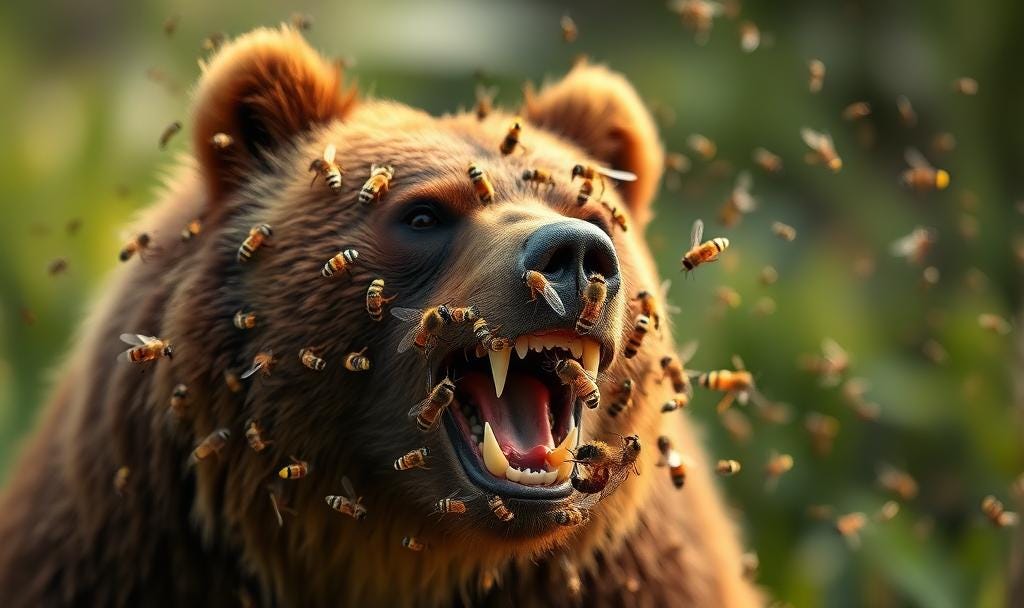
Introduction
Apache refers to the Athapaskan speaking peoples of the American southwest, in the present-day states of Arizona and New Mexico.
This series will explore the critical battles, wars and movements of Apacheria.
https://crackpot.substack.com/t/apacheria
Cushing’s Last Ride
Lieutenant Howard Cushing’s bravery and courage under fire are legend.
This is the story of Lt. Cushing’s death at the hands of the Nednhi Apache warrior Juh (probably).
A small detachment under Lt. Cushing leaves from Santa Cruz Valley. They travel through [1] Cienega Ranch [2] Camp Crittenden [3] the illustrious Pete Kitchen leads them through the range of mountains laying between the Sonorita and Santa Cruz valleys [4] around the south-west point of the Santa Cruz Mtns [5] Huachuca Mtns to [6] the Whetstone Mtns.
Finally the men find signs of Apache in the Whetstone Mountains, a woman’s tracks. Sgt. Mott’s report,
“I followed the track about 3/4 mile until it entered a canyon that was a deep arroya. Seeing that the woman made a clear print of her foot in the sand at each step, and avoided rocks and stones, I sensed we were being led to a trap.”
[7] “I found my suspicions correct as a party of Indians about 15 in number were hid in a side canyon joining the one I just left…. [8] A second much larger party on my left was running toward my rear. …
We attacked with eleven men in a line. We drove them to the hills. Lt. Cushing gave the command “Forward.” Over open ground we advanced upon the enemy outnumbered 15 to 1. We advanced 20 yards when the Indians opened fire, striking Mr. Simpson in the face, the ball passing out back of the head…. Indians rushed down from all sides. We broke and fled.
The soldiers would retreat in a hailstorm of bullets, with Lt. Cushing, a Mr. Simpson and Private Green killed.

Juh
“The great mistake Willcox has made, in having brought the band of Chricahua under Juh out of Mexico. They were brought out as conquerors, not as captives.” - Colonel Carr 1881.
In 1879 Geronimo, Juh, Nolgee and Chato [still] operated from their refuges in the Sierra Madre of Sonora. - Worcester. pg. 222.
Hiding in the Sierra Madre were the remnants of several bands - Juh’s Nednhis; Chiricahuas under Nachez, Chato and Chihuahua; the Chihinne or Warm Springs under old Nana and the rising war leader Kaetennae; and the Bedonkohes of Geronimo. Because they faced other Apaches serving as scouts against them their cause was hopeless, but most preferred to die fighting in the mountains than to perish from disease at San Carlos. - Worcester pg. 233.
Bonito’s daughter admitted to General Crook that her people were shocked and dismayed when they saw Apache scouts attacking them… She was sure most of the warriors would give up without more fighting. Loco and Chihuahua would live on the reservation if given respect, but she was not sure about Chato and Geronimo. Juh probably would never surrender, she added, but he had few warriors left. - Worcester pg. 274
Juh met his end by drowning in the autumn of 1883.
Lightning flash revealed scowling bare skinned warriors painted black wearing dark bands around heads, breech cloths, double belts of cartridges. Then the sky was black again. The Mexican officers and men sat on their horses petrified with fright. Another flash followed, and Davis recognized Chato and several of the scouts. Chato explained to Davis they intended to protect him if the Mexican had treachery in mind, and had slipped out of camp undetected and followed them. - Worcester. pg. 294
Related
Juh and other Apache warriors are named -
What was happening outside Apacheria in the 1860s?
References
Gwynne, S. C. (2010). Empire of the Summer Moon: Quanah Parker and the rise and fall of the Comanches, the most powerful Indian tribe in American history.
Cornelius C. Smith, Jr. Fort HuaChuca The story of a frontier post.
Thrapp, D. L. (1975). The conquest of Apacheria. University of Oklahoma Press.
Worcester, D. E. (1979). The Apaches Eagles of the Southwest. University of Oklahoma Press.
Melody, M. E. (1989). The Apaches. Chelsea House Publishers.











